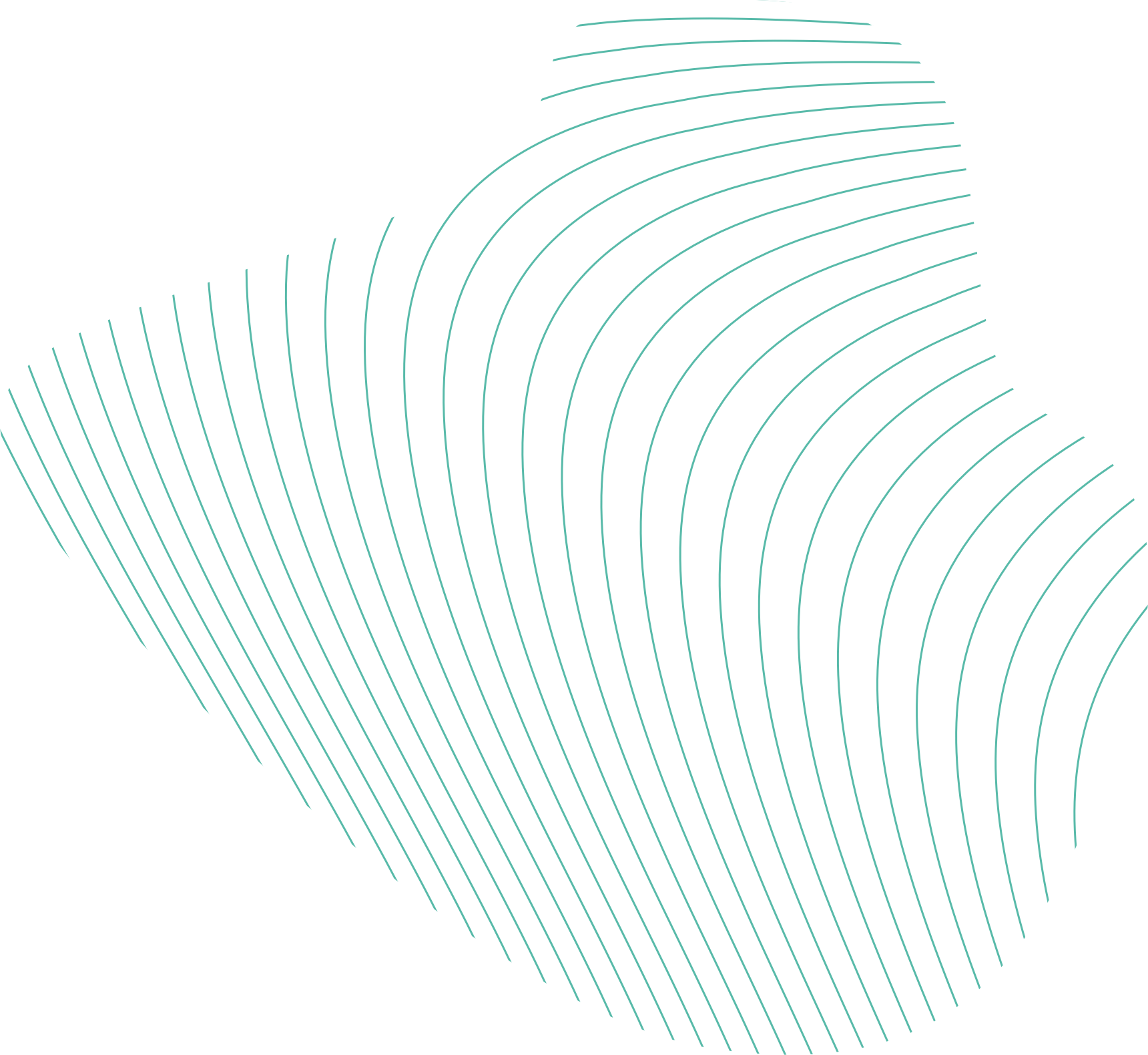


Hambach Mine is located between Jülich in the Düren district and Kerpen (Rhein-Erft district) in the heart of the Rhenish lignite mining area. Opencast mining started in 1978 near the Hambach district of Niederzier. At peak times, the opencast mine, which temporarily was up to 411 metres deep, produced so much lignite for the company's own power plants that it covered five per cent of Germany's total electricity demand.
Giant bucket wheel excavators, each up to 240 metres long, are the symbol of lignite mining in the Rhineland region. Hambach Mine engages the world's largest self-propelled machines. They can extract up to 240,000 solid cubic meters of coal or soil every day, enough to fill a football stadium 30 metres high.
In 2029, coal extraction in the Hambach opencast mine will end as part of the statutory coal phase-out. Several major regional planning, mining law and water management approval procedures are currently underway. They will determine how the landscape, characterised by a large lake and forest, will look like which the opencast mine will leave behind. For example, the Hambach lignite mining plan was amended. Another planning approval procedure is ongoing that will decide on the design of the opencast lake in detail. At the same time, another lignite plan procedure will secure the route for the outlet of the future lake.


Operating area
Number of bucket wheel excavators
Bucket wheel excavator capacity
Number of spreaders
Spreader capacity
Total length of conveyors
Land use
Recultivated area
of which agricultural
of which forestry
The Sophienhöhe, a wooded mountain that towers 200 meters above the flat landscape, is a landmark of the Hambach opencast mine that can be seen from afar. It contains part of the excavated material from the open-cast mine. Its backfilling and reforestation began in 1978. Since then, over 10 million trees have been planted. More than 120 kilometers of paths open up the recreational area, which has been popular from the outset and is completely car-free, to hikers and recreational athletes. The biodiversity is demonstrably high. In addition to the forestry and agricultural recultivation, the open-cast mine will leave behind a depression for a lake measuring almost 40 square kilometers when it is phased out. It will be filled over several decades with Rhine water from a pipeline and rising groundwater. After just ten years, its water surface will be larger than that of Lake Tegernsee, a popular tourist and watersports area, 9 km² wide, in Bavaria.

In addition to the species protection concept for the Hambach opencast mine, covering around 1,400 hectares, which was implemented several years ago, RWE Power has implemented voluntary measures for biotope networking between the forests in the southern vicinity of the opencast mine in recent years. These measures contribute to the ecosystem network referred to in the guiding decisions of the state government of North Rhine-Westphalia and are already shaping the environment of the Hambach opencast mine on the areas no longer designated for opencast mining. Specifically, between 2022 and 2024, wooded corridors and ecological stepping stones were created between the Hambach Forest, the Merzenich Erbwald and the Steinheide (approx. 12.5 hectares of linear tree-hedge structures). The linear networks have been fully planted and are effective. In addition, more than 20 hectares of open parkland have been created adjacent to the Hambach Forest on land south of Forsthausstraße. All of the plantings benefit bats that hunt close to the ground in particular, serving as a guiding structure and food habitat, including the Bechstein’s bat, which has its roots in the Hambach Forest. And other species benefit from it too. The effectiveness of the species protection concept has been reviewed by independent experts for more than a decade. The number of species is determined, and the flight routes and hunting areas of the bats are identified using telemetry. These studies prove that the new guidance and feeding structures are being used and accepted by the animals.

